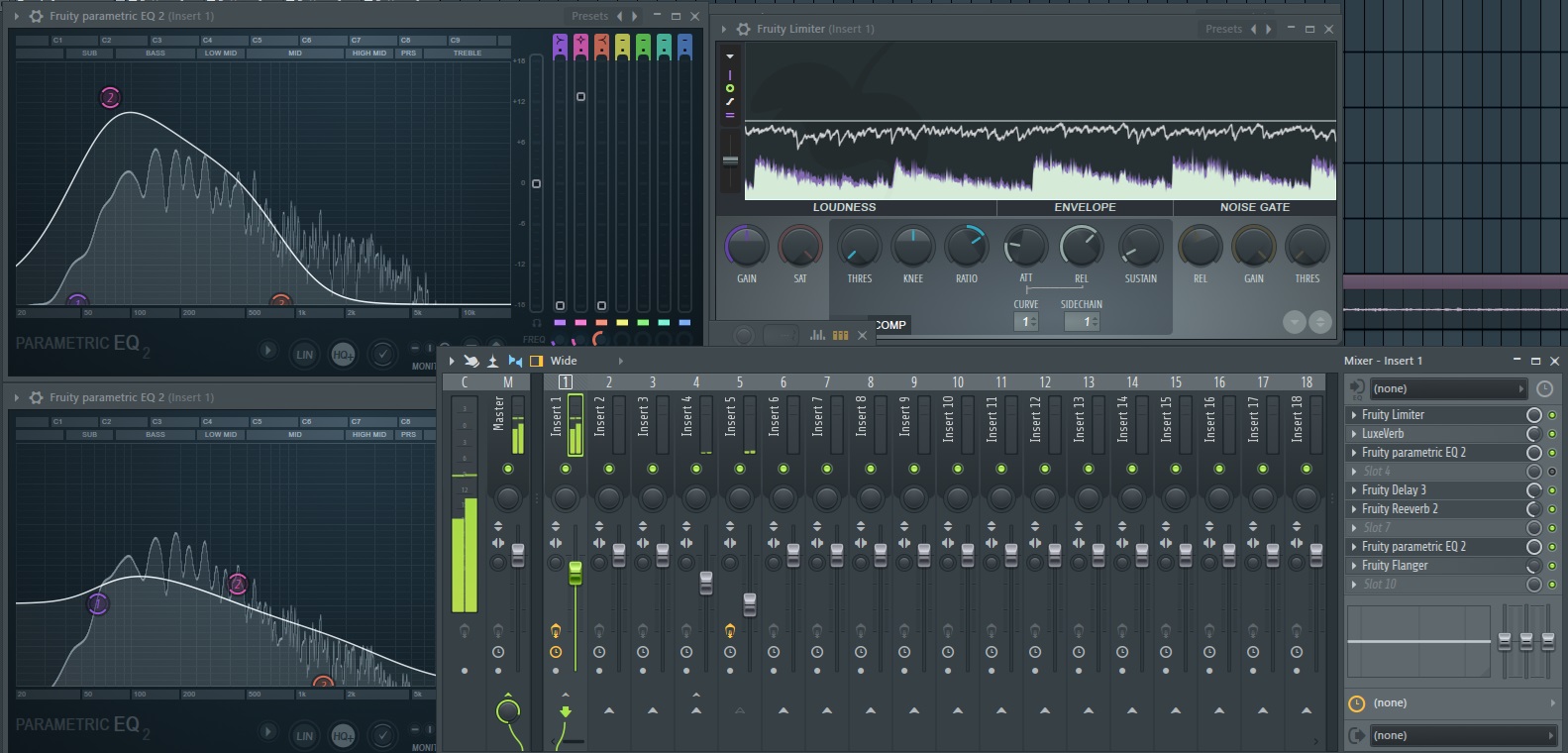You need an envelope follower to trigger or to modulate something in track 2, according the waveform of track 1
Ask Lemmy
A Fediverse community for open-ended, thought provoking questions
Rules: (interactive)
1) Be nice and; have fun
Doxxing, trolling, sealioning, racism, and toxicity are not welcomed in AskLemmy. Remember what your mother said: if you can't say something nice, don't say anything at all. In addition, the site-wide Lemmy.world terms of service also apply here. Please familiarize yourself with them
2) All posts must end with a '?'
This is sort of like Jeopardy. Please phrase all post titles in the form of a proper question ending with ?
3) No spam
Please do not flood the community with nonsense. Actual suspected spammers will be banned on site. No astroturfing.
4) NSFW is okay, within reason
Just remember to tag posts with either a content warning or a [NSFW] tag. Overtly sexual posts are not allowed, please direct them to either [email protected] or [email protected].
NSFW comments should be restricted to posts tagged [NSFW].
5) This is not a support community.
It is not a place for 'how do I?', type questions.
If you have any questions regarding the site itself or would like to report a community, please direct them to Lemmy.world Support or email [email protected]. For other questions check our partnered communities list, or use the search function.
6) No US Politics.
Please don't post about current US Politics. If you need to do this, try [email protected] or [email protected]
Reminder: The terms of service apply here too.
Partnered Communities:
Logo design credit goes to: tubbadu
I would do this with some creative EQ filtering on the primary audio track (mid-low pass randomized filters) and overlaying some water-like sounds. (I would stick a microphone underwater for those sounds.)
In theory-crafting, convolvers are primarily used for reverb, but I am wondering if a water sound track could be used instead of a typical impulse recording... Dunno. I have the tools for all of that, so it would be interesting for me to try that tonight, actually. (I am new to convolvers, so it may not be possible at all.)
Yes it can, I'm not sure what the process is called or how it's typically done but I can accomplish this by playing with the EQ settings when editing videos in Davinci Resolve.
We need a community for these types of questions I think. You probably want to put a low pass filter on and work from there.
Edit: [email protected] seems appropriate
Comment #2. So I played around a bit and got something muffled and a bit wobbly. It was basically mix of cropping out highs/mid-highs and adding various depth effects, mild hiss and some compression with actual water sounds that are playing super quiet. After all that mess, I EQ that again to get rid of any clipping or popping.
It's still not perfect but might be on the right track. I am in a road trip at the moment but I just randomized a piano and started slapping fx together. The fx are completely blown out on my phone speakers, but decent enough with headphones.
https://filebin.net/kdqlljwwwoknaeg5/water_sim.mp3
Here is what I am working with so far. You can see the fx chain in the right side. EQ -> Luxverb for depth -> Basic delay and reverb -> EQ #2 -> flange for a bit of hiss. (Track 5 hits the limiter on Track 1 for a bit of water-like wobble.) The first EQ low pass is purposely high. It creates a bit of distortion that kinda works.

